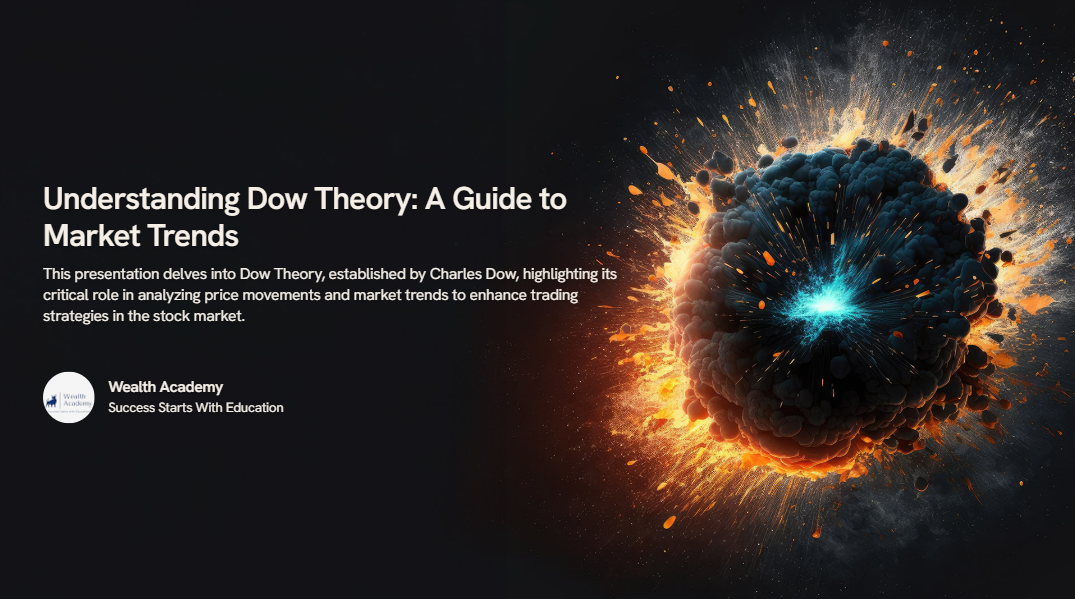
The Exponential Moving Average (EMA) is a type of moving average that gives more weight to recent price data, making it more responsive to price changes compared to the Simple Moving Average (SMA). It is widely used in technical analysis to identify trends, support/resistance levels, and potential buy/sell signals.
Moving Average Guide Summary
5-Day EMA (Exponential Moving Average)
- Purpose: Tracks very short-term momentum.
- Best For: Short-term momentum traders seeking to capitalize on quick market shifts.
10-Day EMA
- Purpose: Captures short-term swing trades.
- Best For: Identifying trends with slightly more fluctuation tolerance compared to the 5-day EMA.
20-Day EMA
- Purpose: Defines short-term trends.
- Key Signal: A price crossing the 20-day EMA often indicates potential trend reversals.
50-Day SMA (Simple Moving Average)
- Purpose: Represents medium-term trends.
- Key Signal: A Golden Cross (50-day SMA crossing above the 200-day SMA) or Death Cross (crossing below it) signals major market shifts.
200-Day SMA
- Purpose: Tracks long-term trends.
- Best For: Assessing overall market direction over extended periods, often used by institutional and long-term investors.
How to Use Moving Averages
- Identify Trends: Use EMAs for short-term trends and SMAs for broader trends.
- Crossover Strategy: Observe for short-term moving averages crossing longer ones for potential entry or exit points.
- Support/Resistance: Moving averages often act as dynamic support or resistance levels.
- Momentum Check: Compare the slope and direction of moving averages to gauge market momentum.
Practical Example
- If a stock price crosses above the 20-day EMA, this may indicate a short-term uptrend.
- A Golden Cross between the 50-day SMA and 200-day SMA suggests a strong, bullish momentum.
Tips for Strategy Refinement
- Combine moving averages with other indicators (e.g., RSI, MACD) for confirmation.
- Use shorter-period EMAs in volatile markets and longer SMAs for stable environments.











